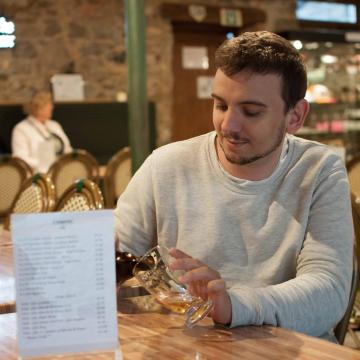
belgian Owl:
the Belgian-style whisky
4 mins OF DELIGHT
We all know Belgium is reputed for its beer, as well as "pékèt", its very own Genever gin, but I had no idea that my country also produced... whisky! I've already visited a distillery during a previous trip to Scotland but, I must admit, the explanations given in English by a guide with a heavy Scottish accent didn't teach me much about the production process. So this tour is the ideal opportunity for a refresher course.
The Owl Distillery was founded in 2004 by master distiller Etienne Bouillon and his team. Etienne immediately wanted to give his project a "local" dimension, so he contacted the region's farmers to propose a partnership whereby they would grow the barley needed to make his whisky. In fact, our tour is to begin in the barley fields owned by Isabelle, who is our guide today.
Responsible farming and fair trade
From the land...
We're lucky. It's February but it's a lovely day, ideal for breathing the fresh country air while we're learning! Isabelle explains that the Hesbaye region was chosen for its silty soil which is particularly good for growing barley. What luck - this type of soil is relatively rare and it's right next to the distillery! These outstanding crop fields are protected by the use of responsible farming methods. Thus, each parcel is surrounded by strips of uncultivated land, allowing the development of a proper biosphere, with flowers, grasses, insects and small mammals. Thanks to this natural balance, the fields are protected and the farmers can restrict their use of substances. Furthermore, the parcels are rotated, each being used only once every four years, thus maintaining their silt content. The distillery also ensures that the farmers are paid in line with fair trade principles. The harvest takes place in August.
… to the farm...
Isabelle then takes us back to the farmyard. Yes, the distillery occupies an old farm, part of which has been converted into a production area, another part into a cask warehouse, and another into a visitors' centre, while the last wing is the owner's home. Between the four wings, Isabelle tells us in detail about the different stages of whisky production. It all starts with the barley. I get to smell and even taste the grain before and after the malt stage. It's surprising how the process releases the barley's aromas. Whisky is made from fairly basic ingredients: malted barley, as mentioned, plus yeast and water! Fortunately, the farm stands 38 metres above a groundwater table which holds water of excellent quality and is even protected by the European Union. It's the mineral content of the soil and the purity of the water that give the whisky its character.
To be called “whisky”, the alcohol has to be matured for a minimum of 3 years
Next, Isabelle takes us to the production area. This is where the magic operates, as Etienne Bouillon and his team make their whisky, year after year. Impressed by the size of the vats around us, we learn about the different stages of the process and the journey taken by this precious liquid. Surrounded by the installations, we notice some copper stills which, Isabelle tells us, come from Scotland!
They were in fact manufactured over a century ago for a Scottish Caperdonich distillery, which closed down in 2001. In 2013, after some frantic negotiating, Etienne Bouillon succeeded in bringing them to Belgium. A gamble that he's now very proud of, as it's rare for such pieces of heritage to leave their native Scotland! To be called "whisky", the alcohol has to be matured for a minimum of three years. The distillery purchased its wooden barrels from the United States, where they had already been used to mature American bourbon. Behind glass, the casks are visible from the visitors' centre. This is also where Isabelle proposes a tasting session.
… to the glass!
We're offered two glasses, one containing the unmatured spirit, the other containing a whisky that has aged for three years. I'm certainly no expert, and I'm amazed at how it bursts with aroma and flavour. If, like me, you don't know how to fully appreciate a good whisky, Isabelle is there to explain how to hold the glass, how to retain the drink in your mouth, and how to assess a whisky without even drinking it!
So why the owl?
Oh yes, you must be wondering why the distillery chose an owl as its emblem. The answer is that the owl reflects the establishment's philosophy: knowledge and wisdom. The knowledge with which to make the best possible whisky, and the wisdom with which to drink it in moderation.
Try this experience
The Owl Distillery
Hameau de Goreux 7, 4347 Fexhe-le-Haut-Clocher
+32 04 223 07 17
Distillery website
Guided tours



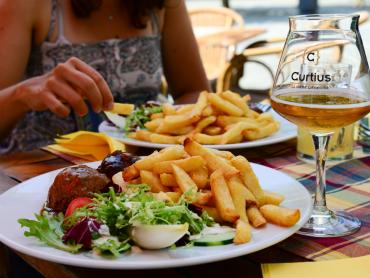


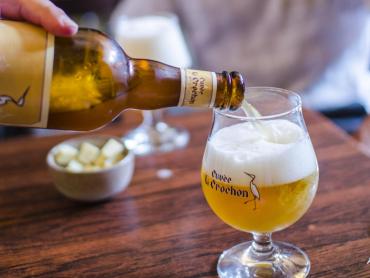
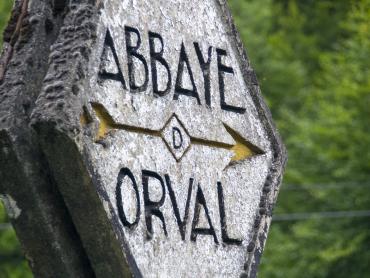
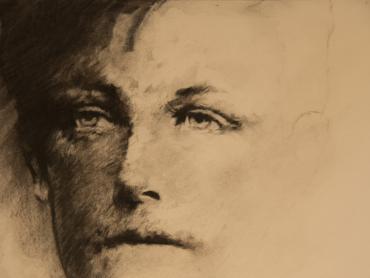
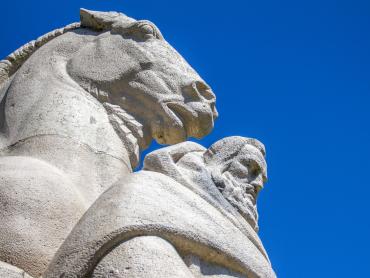

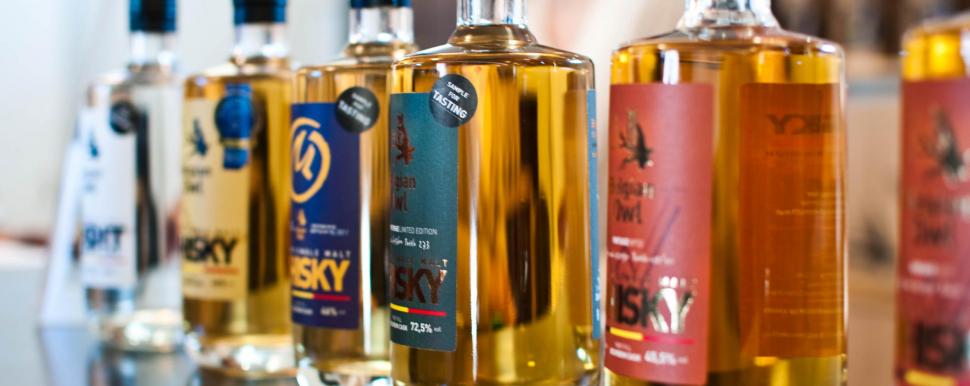

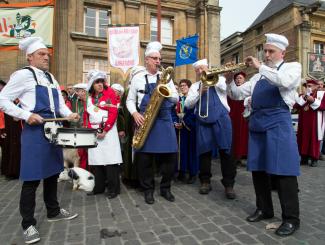
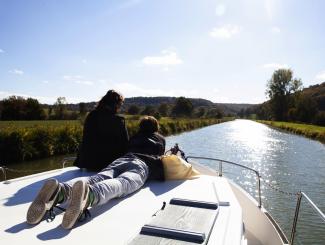





It's the mineral content of the soil and the purity of the water
that give the whisky its character.